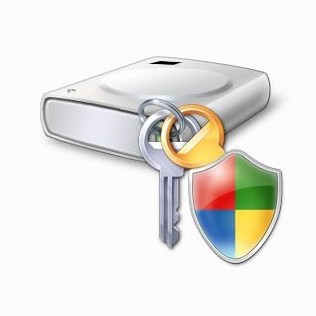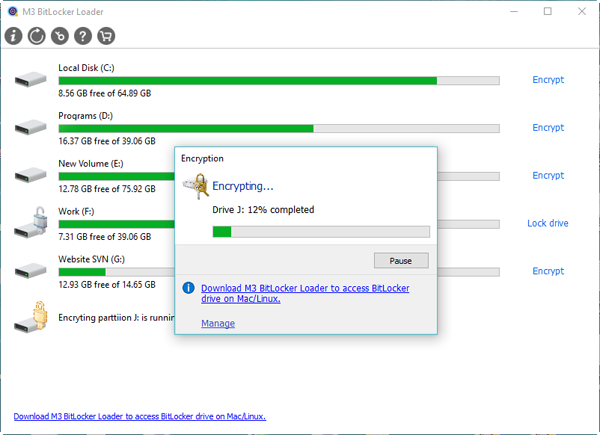
BitLocker also helps render data inaccessible when BitLocker-protected computers are decommissioned or recycled. BitLocker helps mitigate unauthorized data access by enhancing file and system protections. Practical applicationsĭata on a lost or stolen computer is vulnerable to unauthorized access, either by running a software-attack tool against it or by transferring the computer's hard disk to a different computer. These additional security measures provide multifactor authentication and assurance that the computer will not start or resume from hibernation until the correct PIN or startup key is presented. In addition to the TPM, BitLocker offers the option to lock the normal startup process until the user supplies a personal identification number (PIN) or inserts a removable device, such as a USB flash drive, that contains a startup key.
#Bitlocker download microsoft verification
Both options do not provide the pre-startup system integrity verification offered by BitLocker with a TPM. Starting with Windows 8, you can use an operating system volume password to protect the operating system volume on a computer without TPM. However, this implementation will require the user to insert a USB startup key to start the computer or resume from hibernation.

On computers that do not have a TPM version 1.2 or later, you can still use BitLocker to encrypt the Windows operating system drive. It works with BitLocker to help protect user data and to ensure that a computer has not been tampered with while the system was offline.

The TPM is a hardware component installed in many newer computers by the computer manufacturers.

BitLocker overviewīitLocker Drive Encryption is a data protection feature that integrates with the operating system and addresses the threats of data theft or exposure from lost, stolen, or inappropriately decommissioned computers.īitLocker provides the most protection when used with a Trusted Platform Module (TPM) version 1.2 or later. This topic provides a high-level overview of BitLocker, including a list of system requirements, practical applications, and deprecated features.


 0 kommentar(er)
0 kommentar(er)
